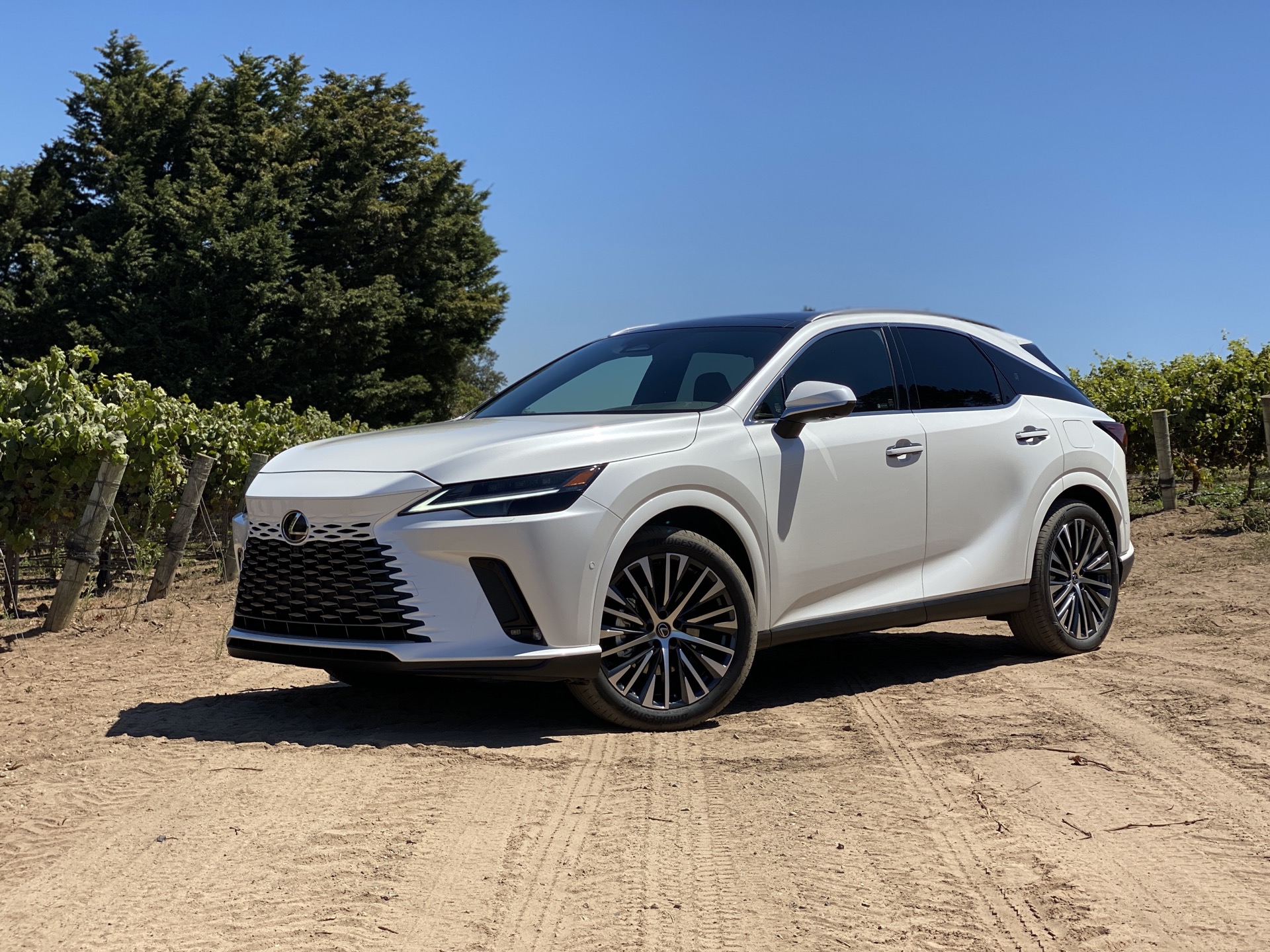CBDA vs CBD: All You Need to Know before Purchasing

CBD is a popular wellness product that several people use to achieve better health and wellness. On the other hand, CBDA is a relatively unfamiliar compound, and less information is available about the effects of this hemp-extracted compound.
If you are interested to know more about this compound, the following lines will provide essential information about CBDA.
What is CBDA?
CBDA, also known as Cannabidiolic Acid, is a naturally occurring compound derived from live or raw hemp plants.
This non-psychoactive compound acts as a precursor of CBD. It converts into cannabidiol following a decarboxylation process.
The transformation can happen instantly when CBDA is smoked or vaped or slowly when plant material is left to the sun or dry at room temperature.
In other words, CBDA is a raw form of cannabidiol that is decarboxylated through heating to get CBD.
You can use CBDA oil in different ways, such as tinctures, capsules, and topical creams.
CBDA vs CBD
CBD is a versatile compound that enjoys massive popularity in the health and wellness industry, while CBDA has yet to prove its potential. These two closely related compounds demonstrate several similar traits. For example, they both are non-intoxicating, and they will not get users to feel high or affect their thinking abilities.
Often CBDA is seen as an ancillary to CBD, but its potential to produce distinctive effects differentiates it from cannabidiol. When consumed in a raw form, CBDA leaves several unique beneficial effects.
It means users will experience different effects when they use CBDA than CBD. The differences between the two compounds arise from the way both compounds interact with the body’s 5-HT1A serotonin receptors.
Serotonin is a vital neurotransmitter in the human brain that regulates several body functions such as mood, sleep, and nausea.
Like other acidic forms of cannabinoids, CBDA is considered pharmacologically inactive. CBDA affects the body’s ECS differently than its decarboxylated form. It allows both cannabinoids to produce distinctively different effects.
The unstable form of CBDA makes another difference between it and its successor compound – CBD. Unlike CBD, it starts decarboxylating even at room temperature.
The unstable state of CBDA can make it hard for users to enjoy its beneficial effects. CBD is a highly stable cannabinoid that makes it highly convenient for consumption.
What is CBDA good for?
The research on CBDA is in its preliminary stages, but recent studies point out the compound possesses a unique wellness potential. One study found that CBDA is more proficient in blocking an inflammation-related enzyme COX-2 than THC. The acidic component of CBDA plays a role in inhibiting the progress of COX-2 in the body.
Another study involving shrews and rats found CBDA leaves potent effects compared to CBD.
The findings of these studies clearly show CBDA has a distinctive wellness potential that is different from the effects of other famous cannabinoids such as CBD and THC.
The findings of another study endorse this insight that concluded CBDA demonstrates a set of distinct qualities that stand it apart from CBD.
Future research needs to explore the relationship between these two compounds to figure out the differences and similarities between them.
Final thoughts
CBDA is an unstable compound that tends to convert into CBD following a decarboxylation process. When used in raw form, it produces several distinctive wellness effects. Adding this compound to your wellness routine can help you achieve your health and wellness goals.
To ensure product quality and safety, always get this relatively unfamiliar compound from a trusted CBD store.





